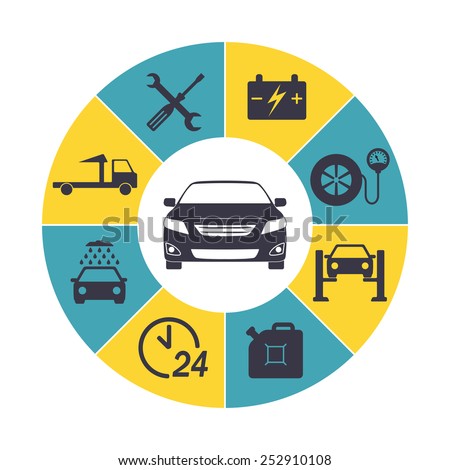Curious Concerning Those Control Panel Caution Lights In Your Automobile? Discover What They Mean For Your Vehicle'S Health And Wellness
Curious Concerning Those Control Panel Caution Lights In Your Automobile? Discover What They Mean For Your Vehicle'S Health And Wellness
Blog Article
Authored By-Cummings Conradsen
When you lag the wheel, those beautiful warning lights on your control panel can be a little bit difficult. Do you understand what they're attempting to tell you concerning your cars and truck's health? Comprehending the importance of these lights is vital for your safety and security and the long life of your lorry. So, the following time one of those lights turns up, wouldn't you want to decode its message properly and take the essential actions to address it?
Common Warning Lighting and Interpretations
Identify typical caution lights in your automobile and recognize their definitions to make sure safe driving.
The most regular caution lights include the check engine light, which signals problems with the engine or discharges system. If this light comes on, it's crucial to have your automobile checked without delay.
The oil pressure alerting light indicates reduced oil pressure, requiring prompt attention to stop engine damages.
A blinking battery light might suggest a damaged billing system, possibly leaving you stranded if not dealt with.
The tire stress surveillance system (TPMS) light notifies you to low tire stress, influencing vehicle security and fuel performance. Ignoring this might lead to unsafe driving conditions.
The ABS light indicates a problem with the anti-lock stopping system, endangering your ability to stop swiftly in emergencies.
Lastly, the coolant temperature cautioning light warns of engine getting too hot, which can cause severe damage if not resolved swiftly.
Understanding these usual warning lights will aid you resolve problems without delay and preserve safe driving conditions.
Relevance of Prompt Attention
Comprehending the usual caution lights in your auto is just the first step; the value of quickly resolving these warnings can't be highlighted sufficient to ensure your safety and security when driving.
When a caution light brightens on your dashboard, it's your automobile's means of communicating a prospective concern that requires attention. Ignoring these cautions can result in more extreme troubles down the road, compromising your safety and potentially costing you much more in repairs.
Trigger interest to advising lights can stop breakdowns and mishaps. For instance, a blinking check engine light might show a misfire that, if left ignored, can cause damage to the catalytic converter. Addressing https://brakeshops95172.bloggerswise.com/34803221/reveal-the-essential-measures-for-finding-a-credible-auto-fixing-facility-that-will-certainly-keep-your-automobile-in-exceptional-condition-your-lorry-warrants-remarkable-service can save you from an expensive repair.
Similarly, a brake system alerting light might indicate low brake liquid or worn brake pads, crucial components for your safety and security when driving.
Do It Yourself Troubleshooting Tips
If you notice a caution light on your dashboard, there are a couple of DIY repairing tips you can try prior to looking for expert help.
The initial step is to consult your automobile's handbook to comprehend what the specific caution light suggests. Occasionally the issue can be as simple as a loosened gas cap activating the check engine light. Tightening up the gas cap might deal with the problem.
An additional typical concern is a low battery, which can activate numerous cautioning lights. Inspecting the battery connections for rust and guaranteeing they're safe might deal with the trouble.
If https://wgntv.com/news/wgn-investigates/supply-chain-issues-delaying-car-repairs-leaving-illinois-drivers-stranded/ continues, you can attempt resetting it by detaching the car's battery for a couple of minutes and after that reconnecting it. Additionally, examining your automobile's fluid degrees, such as oil, coolant, and brake fluid, can assist repair cautioning lights connected to these systems.
Final thought
In conclusion, comprehending your auto's caution lights is essential for maintaining your automobile running smoothly and securely. By immediately dealing with these notifies and recognizing what they suggest, you can avoid pricey repair services and potential break downs.
Bear in mind to consult your vehicle's guidebook for particular details on each warning light and do something about it accordingly to make sure a trouble-free driving experience.
Keep informed, stay safe when traveling!
